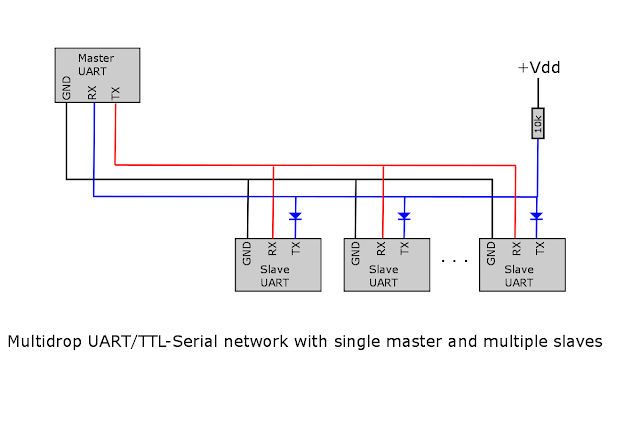I know this issue is closed but I am having difficulties implementing the procedure. When I do the
13:49:17 CMD: SerialSend5 01040000000A700D
13:49:17 MQT: stat/black/RESULT = {"SerialSend":"Done"}OR with the new command: ModuleAddress 3
How can I be sure that the address is changed indeed?
All I get is stat/black/RESULT = {"SerialSend":"Done"}










Hi,
Is it possible add USE_PZEM004T and add support for PZEM004T Energy monitor for 3 phase by using USE_SERIAL_BRIDGE and report each phase through that functionality ? May be there is possibility to use 3 phase config for USE_PZEM004T as it is in that project:
https://github.com/apreb/eNode